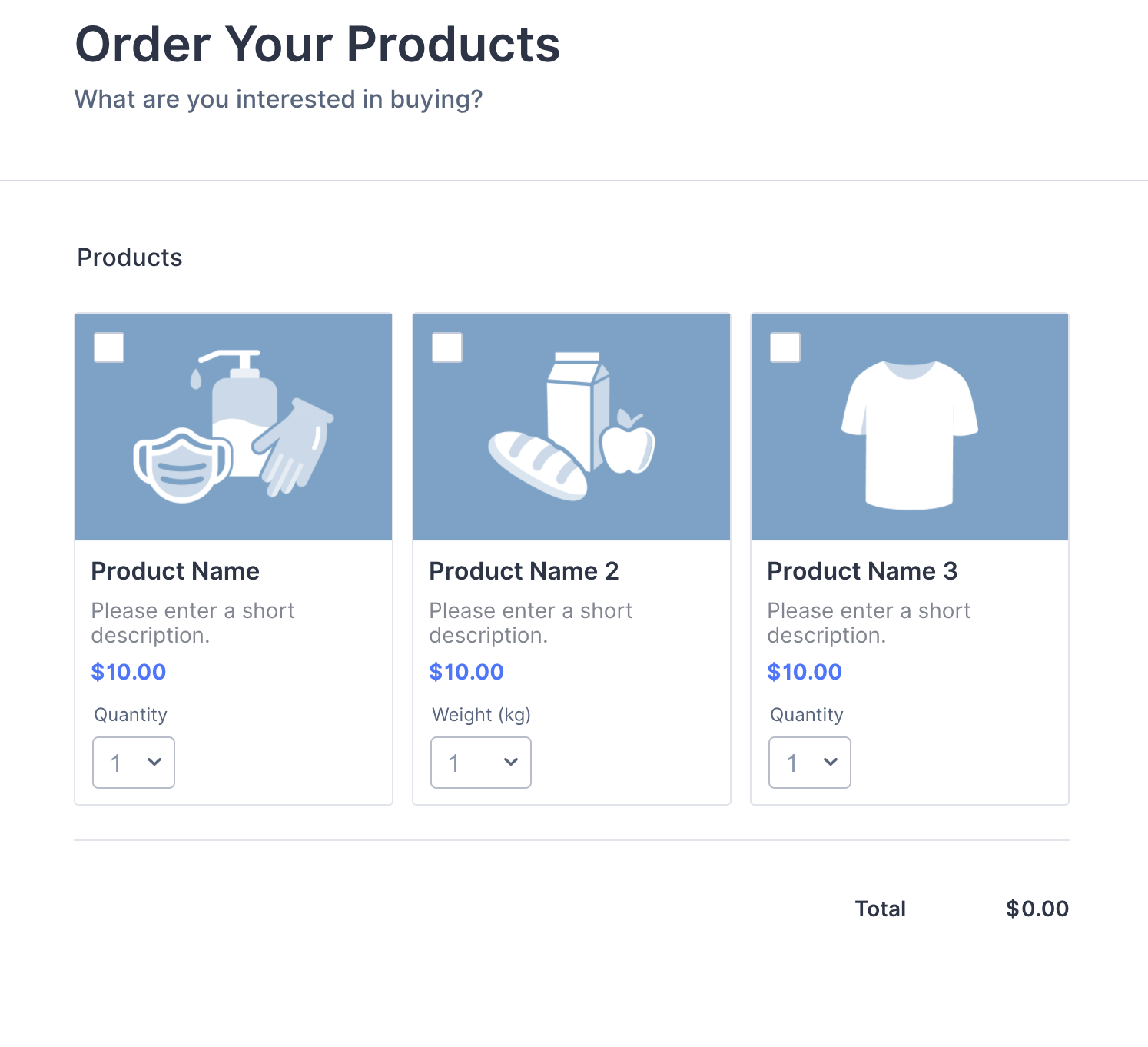Direct-to-consumer (D2C) disruption refers to quick changes in retail markets caused by brands selling straight to their customers, without an intermediary. The phenomenon relies on simultaneous disruptions in e-commerce, logistics, and consumer habits themselves — all of which are part of the broader trend of digital transformation.
Before the internet, D2C sellers relied on paper catalogs, late-night infomercials, or ads in magazines and comic books. With the rise of e-commerce, the D2C model has become much more accessible to brands of all sizes.
The D2C approach certainly has advantages. Producers avoid the retailer’s price markup. Just as significantly, they avoid the branding confusion that creeps in when a retailer’s messaging competes with the product’s.
But brands aren’t the only fans of D2C selling. Consumers appreciate the lower prices. It’s a win-win (except when it isn’t, but we’ll get to that later). And it’s becoming more common.
Direct-to-consumer online sales are expected to total more than $21 billion by the end of 2021, up from just $6.85 billion in 2017. And while 60 percent of the e-commerce market still belongs to the top 10 online retailers (Amazon, Walmart, and eBay are the top three), brands are chipping away at that dominance by selling directly through their own online stores.
When thousands of companies take this approach at once, it leads to D2C disruption. Here’s a story that illustrates the concept.
An example of D2C disruption at work
In 2009, luxury linen manufacturer Vero was one of many businesses struggling to rally from the Great Recession. Not only was Vero’s core audience of boutique hotels reluctant to invest in new bedding, but the price of cotton also began a meteoric rise, increasing by more than 300 percent by 2011.
Vero Linens manufactures luxury Italian bedsheets, and cotton makes up about 30 percent of its production costs, says Steve Coval, the company’s owner and founder. The growing cost of materials quickly doubled the manufacturing price per product — a cost that was reflected in the price tag.
“With a 100 percent increase in the pricing of Italian linens, suddenly the cache of Italian bed sheets lost its mojo, so to speak,” Coval says. “It was time to reinvent.”
Noting that most luxury linens sell on the standard retail market at a 225 percent markup, Coval decided to try something new in the bedding industry. In 2010, he began to sell Vero bedsheets online, directly to consumers. Bypassing retailers resulted in savings to consumers of up to 60 percent, Coval says.
The shift from B2B sales to a D2C approach opened up new markets. Vero Linens began to thrive. A decade later, they’re an industry leader in direct-to-consumer bedding sales.
That’s D2C disruption. It disrupts retail by blurring the lines between producer and retailer. It also disrupts manufacturing, inviting builders to become sellers — not as an afterthought but as a core business effort.
Finally, the D2C model disrupts the buyer’s experience. It requires consumers to accept decentralized e-commerce, to get comfortable shopping outside the Amazons and Walmarts of the online world. But the D2C model isn’t right for every brand.
The dangers of D2C disruption
The growth of D2C is largely driven by legions of small online sellers and first-time, digital-native producers. For brands that already have relationships with retail networks, online or off, the D2C sales model is thornier.
“If these companies sell to consumers under the manufacturer’s suggested retail price (MSRP), they are undercutting their retailers and are prone to these retailers dropping them,” Coval explains. “They would be biting the hand that feeds them.”
One solution is for brands to maintain standard retail pricing, even on their own online stores. They do this “to appease their distribution chain,” Coval says. But brands in this situation need to be careful; even pop-up sales can be “a sore spot with many retailers,” he says.
Online forms for D2C e-commerce sales
To succeed in a D2C channel, brands need to exchange information with their customers. Whether that means taking a payment, accepting an order, or documenting leads, every D2C seller needs to make online interactions as worry-free as possible.
Online forms make it easy to accept orders, take payments, and more — and Jotform makes it easy to create online forms.
With nearly 5,000 form templates for business, Jotform provides the perfect starting point for your online D2C business. Build the perfect form with a simple, drag-and-drop editor — no coding or tricky interfaces required.
Jotform will have you taking D2C orders in moments. If you need to simplify your online retail operation, find the Jotform plan that’s right for you.









Send Comment: